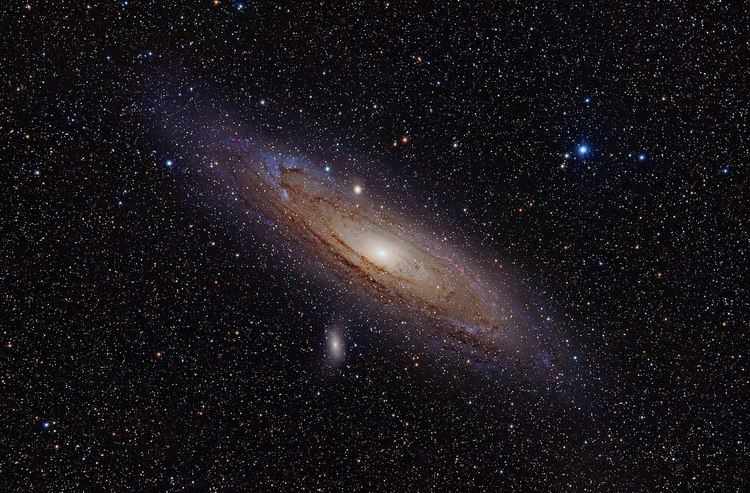 | ||
The year 1924 in science and technology involved some significant events, listed below.
Contents
Astronomy and space exploration
Biology
Biochemistry
History of science and technology
Mathematics
Medicine
Paleontology
Physics
Technology
Awards
Births
Deaths
References
1924 in science Wikipedia(Text) CC BY-SA
